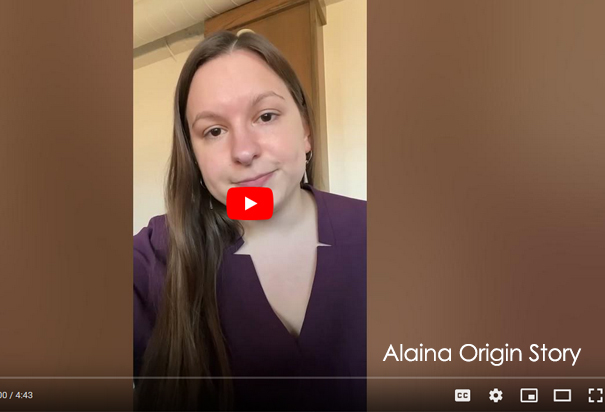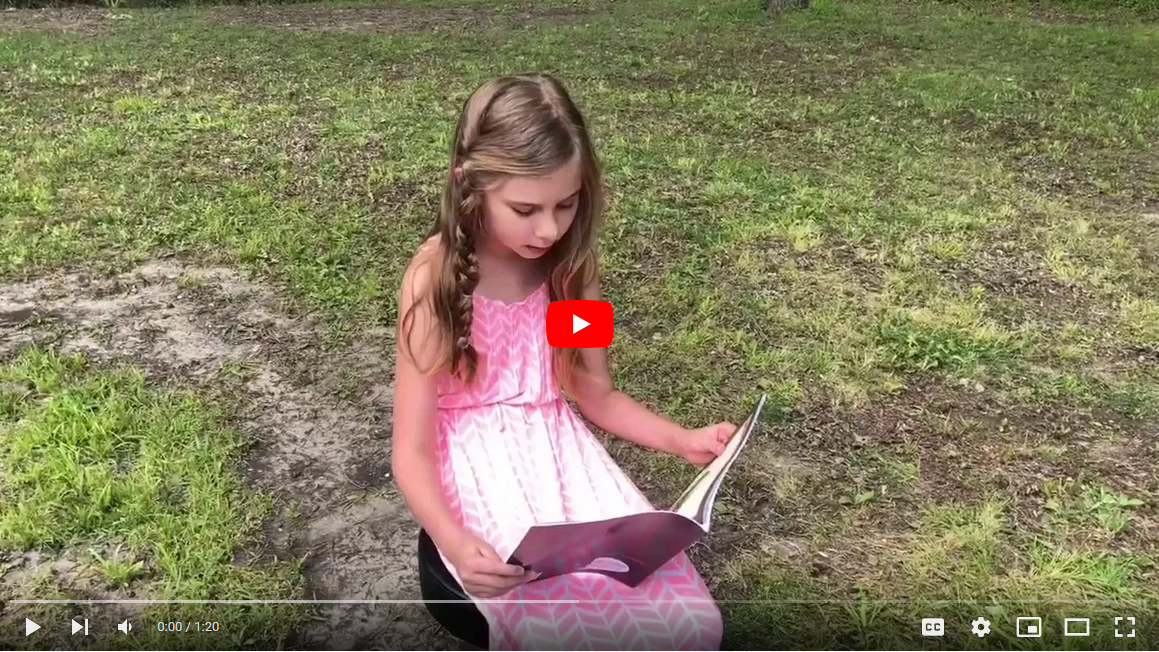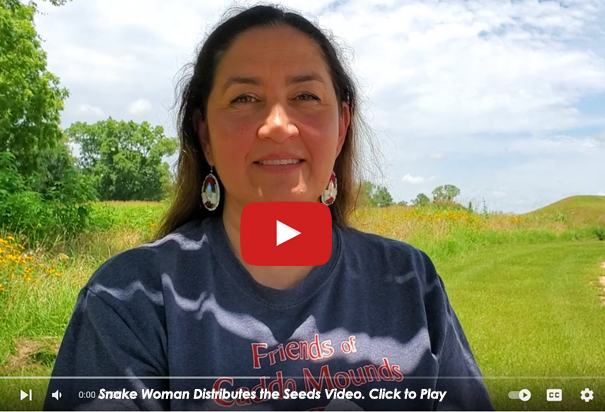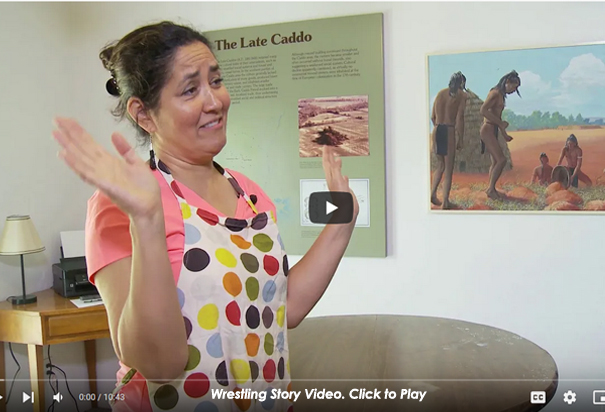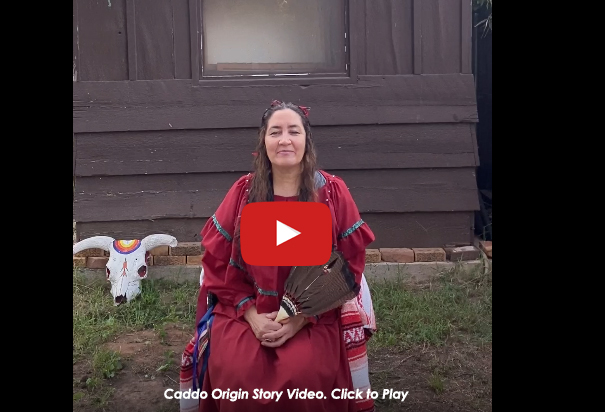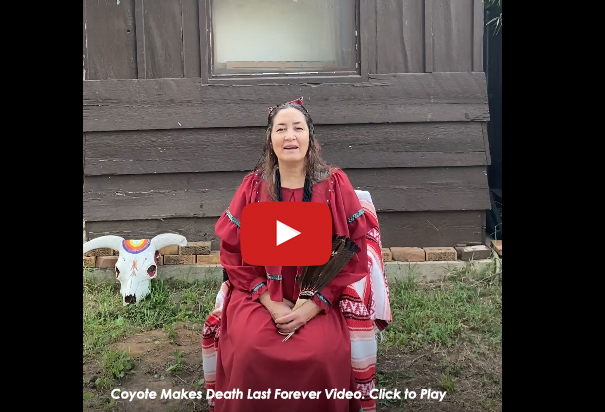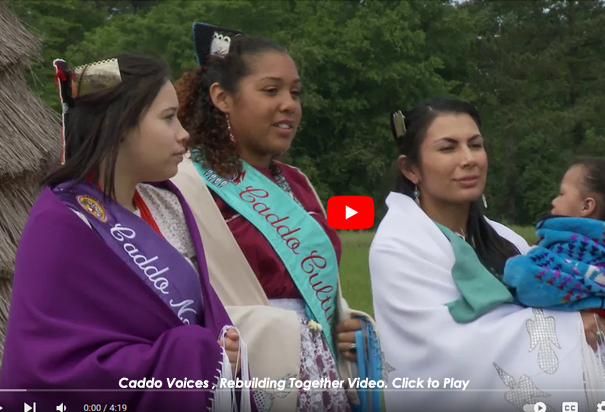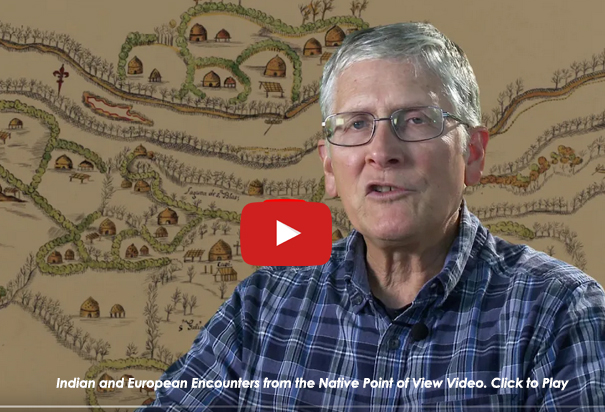Delve into the richness of Texas history through online exhibitions, virtual tours, programs, and experiences as unique as the Lone Star State itself.
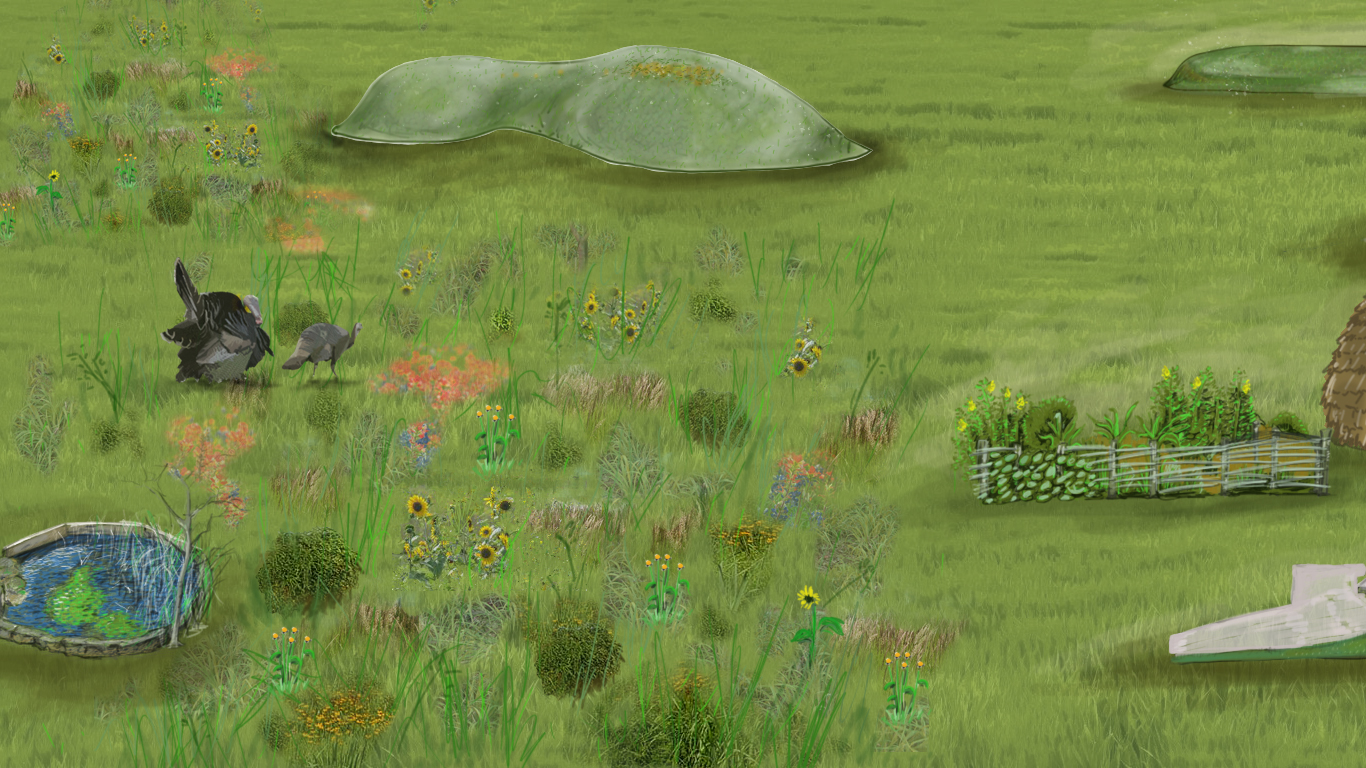
High Temple Mound
“At the heart of Hasinai existence are the cultural traditions that carry people through space and time. In the movement of the dance and the language of the song, the reality of existence is projected into the future.”
~Vynola Beaver Newkumet, Hasinai: A Traditional History of the Caddo Confederacy
Stories are not only carried by spoken word, but also in song. Every time Cah-kit-em'-bin, the Drum Dance, is performed the Caddo origin story is told and relived through song and movement connecting contemporary people with their ancestors. After their emergence from E’-wah’-dah-dut, Mother Dirt, some of the early Caddo settled for more than 500 years in the area known today as Caddo Mounds SHS. The ingenuity of the people, the richness of natural resources in the area, and the successful cultivation of wild plants and corn supported the development of a major civic and ceremonial complex. The High Temple Mound is regarded as an important element in the spiritual practice of the early Caddo. Archeologist Dr. De Ann Story called the area around The High Temple Mound the inner precinct. This was a popular area for dwellings with evidence of 26 structures that were built and occupied nearby.
When we talk about Mound A (the High Temple Mound) at Caddo Mounds SHS, we talk about it as the heart of this large early Caddo civic and ceremonial center. While much of the activity that took place at this spot over 1,000 years ago remains a mystery, archeology does reveal the presence of special structures (including one often referred to as “the maze”), ceremonial objects, and the presence of colored soils that all point to the ceremonial importance of the High Temple Mound.
Soohee, Prairie
Restoring native Texas prairie at Caddo Mounds SHS pays tribute to the deep roots of Caddo ancestry in East Texas and was an important first step in a broad range of land conservation projects planned for the site. According to the Native Prairie Association, the deep roots of native grassland plants protect the watersheds in which they occur, increase water infiltration and water yield, increase water supply by reducing erosion and reservoir sedimentation, and increase water quality due to the lack of fertilizer, pesticide, and herbicide use. Above ground, the native prairie provides food and shelter for pollinators and wildlife. In February 2022 a short-eared owl, a rare site in east Texas, was spotted during a winter bird survey in our restored prairie.
It is a common misconception that indigenous people lived in their native environments having little impact on those spaces. In fact, Indigenous people managed their homelands and tended the wild. In the case of the Caddo in what is now east Texas, this care would have included controlled burns, tending wild berries and nut trees, and fostering turkey habitats. Nooh (the Caddo word for turkey) are woven through Caddo stories, art, songs, dance, and historical accounts. Núh Ka áwshan (The Turkey Dance) was first documented by French explorer Henri Jotel in 1687 and is still performed today. Verses of the turkey dance song tell the story of Caddo's victories through time.
kookayadaneeah, Springs
Ever wonder what it was that nurtured the ancient people of this area and provided the resources to develop agriculture, artistry, and flourishing villages and ceremonial centers? Water is a major piece of that puzzle, and the natural springs at Caddo Mounds may have been one of the things that encouraged people to settle and prosper in the area. Water plays an important role in Caddo stories, ceremonies, and everyday life. Water is central in Caddo stories of underworld creatures and transitions between worlds, the gifting of power, the care and arrival of plants, and more. Like many of us, the Caddo have a flood myth as a part of their story tradition. The natural springs and ponds onsite are home to a variety of wildlife, including koo-hoo, alligators.
Keekah Nattee Toots-ah Naht-ooh, Snake Woman’s Garden
For many in East Texas, gathering wild food and medicine, gardening, and other activities of self-sufficiency are everyday practices with knowledge and skills passed down through generations by parents and grandparents. Caddo story says that Snake Woman brought seeds to the people of the world. In This fertile East Texas landscape, the Caddo developed the skills to cultivate and care for Snake Woman’s gifts around 2,500 years ago. In this area of the Caddo homeland, they tended the foods and medicines of wild spaces as well as domesticating and cultivating garden crops.
At Caddo Mounds State Historic Site in Alto, we explore and teach about the land management, farming, and foraging practices of the early Caddo people through the knowledge of scientists (archeologists and botanists), historians, anthropologists, and contemporary Caddo people.
In 2016, after a visit to the Plum Bayou Garden at Toltec Mounds Archeological Park in Scott, Arkansas, the staff at Caddo Mounds broke ground on Snake Woman’s Garden. Snake Woman’s Garden is a 50x50 foot space that highlights the history of Caddo agriculture from prehistory to present day.
Low Platform Mound
Does the word plaza evoke thoughts of festivals, shared meals, spiritual or other community gatherings? It is likely that the Low Platform Mound (a flat-topped mound) stood at a plaza that hosted these types of activities and others such as trade, diplomatic meetings, and sports like wrestling or stickball.
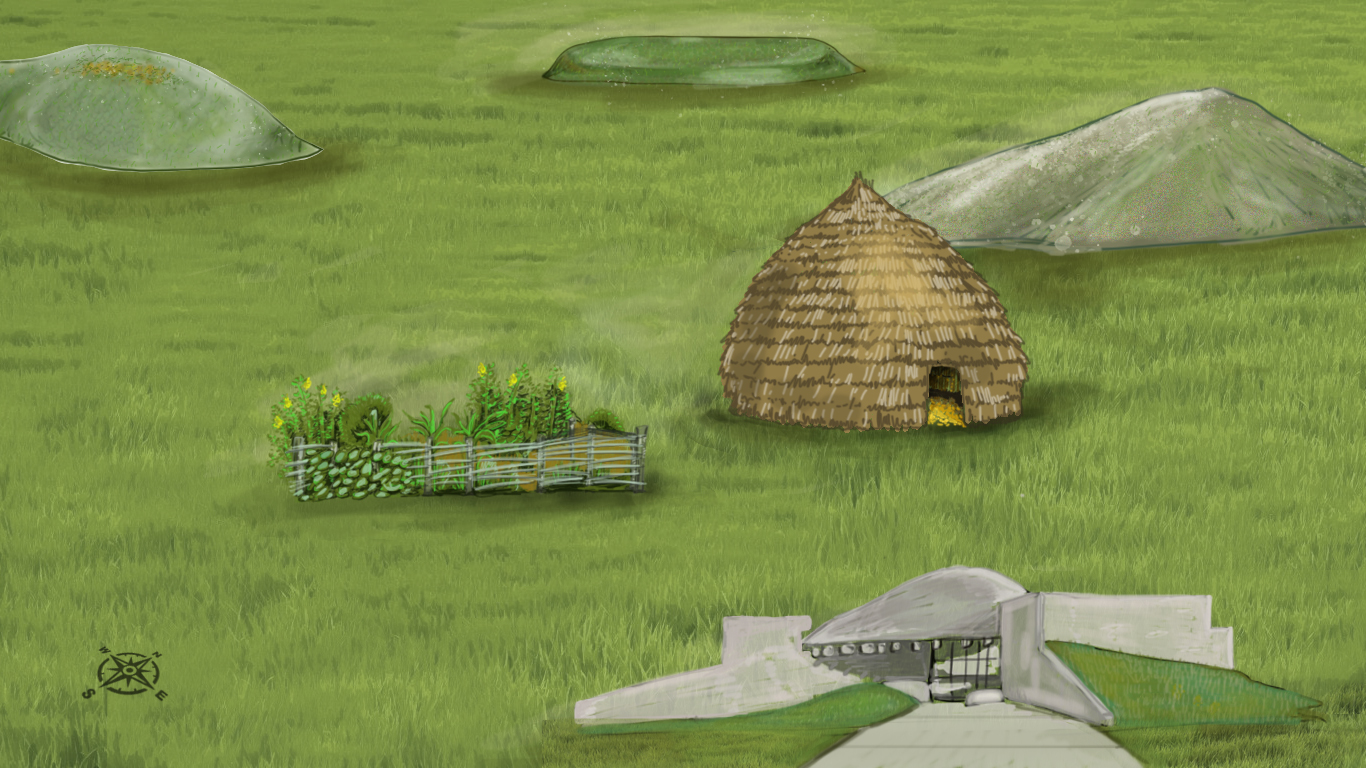
Koo Hoot Kiwat, the Grass House
How would you describe “home”? The word home holds more than a place, a dwelling. Home is the space that holds all lived experiences, community, doing, and making. Place-making is the act of defining what it means to be home. More than 1,000 years ago, Caddo Ancestors emerged and cultivated home in areas of what are today Texas, Louisianna, Arkansas, and Oklahoma.
Cultural Universals, Home, https://hraf.yale.edu/home-truths-an-anthropology-of-house-and-home
High Temple Mound
“At the heart of Hasinai existence are the cultural traditions that carry people through space and time. In the movement of the dance and the language of the song, the reality of existence is projected into the future.”
~Vynola Beaver Newkumet, Hasinai: A Traditional History of the Caddo Confederacy
Stories are not only carried by spoken word, but also in song. Every time Cah-kit-em'-bin, the Drum Dance, is performed the Caddo origin story is told and relived through song and movement connecting contemporary people with their ancestors. After their emergence from E’-wah’-dah-dut, Mother Dirt, some of the early Caddo settled for more than 500 years in the area known today as Caddo Mounds SHS. The ingenuity of the people, the richness of natural resources in the area, and the successful cultivation of wild plants and corn supported the development of a major civic and ceremonial complex. The High Temple Mound is regarded as an important element in the spiritual practice of the early Caddo. Archeologist Dr. De Ann Story called the area around The High Temple Mound the inner precinct. This was a popular area for dwellings with evidence of 26 structures that were built and occupied nearby.
When we talk about Mound A (the High Temple Mound) at Caddo Mounds SHS, we talk about it as the heart of this large early Caddo civic and ceremonial center. While much of the activity that took place at this spot over 1,000 years ago remains a mystery, archeology does reveal the presence of special structures (including one often referred to as “the maze”), ceremonial objects, and the presence of colored soils that all point to the ceremonial importance of the High Temple Mound.
Low Platform Mound
Does the word plaza evoke thoughts of festivals, shared meals, spiritual or other community gatherings? It is likely that the Low Platform Mound (a flat-topped mound) stood at a plaza that hosted these types of activities and others such as trade, diplomatic meetings, and sports like wrestling or stickball. Today, when we gather with the Caddo community at Caddo Mounds, we do so in the open space around the Grass House and in view of the Mounds, the ancient reminders of the thriving community who lived here for more than 20 generations.
Keekah Nattee Toots-ah Naht-ooh, Snake Woman’s Garden
For many in East Texas, gathering wild food and medicine, gardening, and other activities of self-sufficiency are everyday practices with knowledge and skills passed down through generations by parents and grandparents. Caddo story says that Snake Woman brought seeds to the people of the world. In This fertile East Texas landscape, the Caddo developed the skills to cultivate and care for Snake Woman’s gifts around 2,500 years ago. In this area of the Caddo homeland, they tended the foods and medicines of wild spaces as well as domesticating and cultivating garden crops.
At Caddo Mounds State Historic Site in Alto, we explore and teach about the land management, farming, and foraging practices of the early Caddo people through the knowledge of scientists (archeologists and botanists), historians, anthropologists, and contemporary Caddo people.
In 2016, after a visit to the Plum Bayou Garden at Toltec Mounds Archeological Park in Scott, Arkansas, the staff at Caddo Mounds broke ground on Snake Woman’s Garden. Snake Woman’s Garden is a 50x50 foot space that highlights the history of Caddo agriculture from prehistory to present day.
The Burial Mound (Mound B in the archeological record)
While the Burial Mound at Caddo Mounds SHS holds the remains of centuries of spiritual, social and political Caddo leaders, the land itself holds the bones and stories of more than 1,000 years of Caddo ancestors.
Moccasin My Feet (caddoan burial rites), by Caddo Elder Dr. Guyneth Bedoka Cardwell
Kee Whut Sundah people: a caddo journey, the Kadohadacho Historical Society, 1999.
moccasin my feet
clothe me ribbon and cloth
my journey home has come
sing to me of peace
and bid me farewell
talk to me
as you usher me homeward
as you wash your grief away
the gentle rain removes
my traces from the earth
stand not to the east
bar not my journey home
my riverward path
the river i must cross
is dark and rough
prepare my moccasin feet
so that I might cross swiftly
light the way for me
with torch of fire
for six days and nights
light my journey home
Museum
With a roof inspired by the strength and unity of the grass house’s central hoop and pole frame, an earthen berm to protect the museum from violent weather and help it blend with the Caddo mounds, a water catchment system to nurture Keekah Nattee Toots-ah Naht-ooh Snake Woman’s Garden, and exhibits that showcase the work of Caddo artists, the new museum at Caddo Mounds SHS embraces the spirit of the place and the input of the Caddo community to give visitors a compelling doorway into the Caddo story.
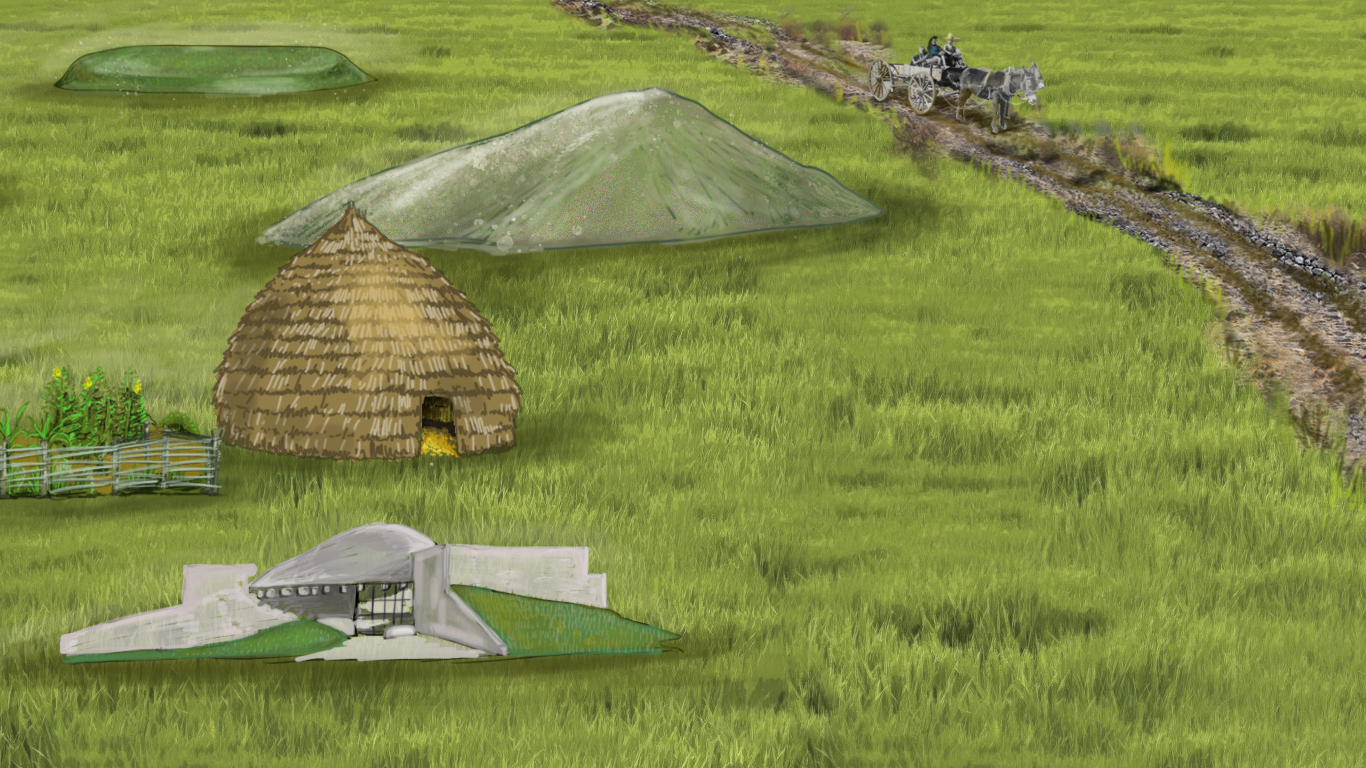
Low Platform Mound
Does the word plaza evoke thoughts of festivals, shared meals, spiritual or other community gatherings? It is likely that the Low Platform Mound (a flat-topped mound) stood at a plaza that hosted these types of activities and others such as trade, diplomatic meetings, and sports like wrestling or stickball. Today, when we gather with the Caddo community at Caddo Mounds, we do so in the open space around the Grass House and in view of the Mounds, the ancient reminders of the thriving community who lived here for more than 20 generations.
Keekah Nattee Toots-ah Naht-ooh, Snake Woman’s Garden
For many in East Texas, gathering wild food and medicine, gardening, and other activities of self-sufficiency are everyday practices with knowledge and skills passed down through generations by parents and grandparents. In fact, over 80 generations of people, beginning about 2,500 years ago, have gardened on this fertile East Texas land. At Caddo Mounds SHS we learn and teach about the land conservation, gardening, and foraging practices of historic Caddo people through the knowledge of scientists, historians, anthropologists, and the Caddo community.
For many, the thought of snakes brings a shudder, but for the Caddo, Snake Woman was responsible for bringing seeds to the people of the world and teaching them how to tend to them. Snake-Woman Distributes Seeds teaches lessons of respect for growing things.
Koo Hoot Kiwat, the Grass House
How would you describe “home”? The word home holds more than a place, a dwelling. Home is the space that holds all lived experiences, community, doing, and making. Place-making is the act of defining what it means to be home. More than 1,000 years ago, Caddo Ancestors emerged and cultivated home in areas of what are today Texas, Louisianna, Arkansas, and Oklahoma.
Cultural Universals, Home, https://hraf.yale.edu/home-truths-an-anthropology-of-house-and-home
Burial Mound
While the Burial Mound at Caddo Mounds SHS holds the remains of centuries of spiritual, social and political Caddo leaders, the land itself holds the bones and stories of more than 1,000 years of Caddo ancestors.
Moccasin My Feet (caddoan burial rites), by Caddo Elder Dr. Guyneth Bedoka Cardwell
Kee Whut Sundah people: a caddo journey, the Kadohadacho Historical Society, 1999.
moccasin my feet
clothe me ribbon and cloth
my journey home has come
sing to me of peace
and bid me farewell
talk to me
as you usher me homeward
as you wash your grief away
the gentle rain removes
my traces from the earth
stand not to the east
bar not my journey home
my riverward path
the river i must cross
is dark and rough
prepare my moccasin feet
so that I might cross swiftly
light the way for me
with torch of fire
for six days and nights
light my journey home
Museum
With a roof inspired by the strength and unity of the grass house’s central hoop and pole frame, an earthen berm to protect the museum from violent weather and help it blend with the Caddo mounds, a water catchment system to nurture Keekah Nattee Toots-ah Naht-ooh Snake Woman’s Garden, and exhibits that showcase the work of Caddo artists, the new museum at Caddo Mounds SHS embraces the spirit of the place and the input of the Caddo community to give visitors a compelling doorway into the Caddo story.
El Camino Real de los Tejas
“The camino real, or more aptly the caminos reales, is more than a route, more than a series of parajes between two end points. It is a complex set of relationships between travelers and nature, buyers and sellers, governors and governed.”
–Jesus F. de la Teja, 1991
For thousands of years, this slice of East Texas has been a permanent residence and perpetual campground to the Tejas/Caddo, Spanish, French, Anglo, African American, and a variety of other people. During the time of European contact, Spanish travelers to the land of the Tejas journeyed along El Camino Real de los Tejas (the Royal Road—the oldest road in Texas) and faced a muddy and difficult crossing at the Neches River. The dry mound prairie, a welcome sight to weary travelers, served as a paraje, or perpetual campground. The Spanish named this place Paraje el Cerrito, the campground at the little mound or hill, and it offered a high, dry land with grass for grazing animals, edible plants for foraging, and the nearby Neches River and natural springs.
“El Camino Real de los Tejas served as a political, economic, and cultural link between Mexico City and Los Adaes (and all points in between). Settlers, missionaries, soldiers, servants, and indigenous allies followed various roads and trails along the 2,500 miles of this route to populate the settlements, missions, and presidios of eastern Texas and northwestern Louisiana. Linking a variety of cultural and linguistic groups, the royal road served as an agent for cultural diffusion, biological exchange, and communication and as a conduit for exploration, trade, migration, settlement, and livestock drives. Spanish, Mexican, French, American, Black, and American Indian travelers along El Camino Real de los Tejas created a mix of traditions, laws, and cultures that is reflected in the people, landscapes, place names, languages, music, and arts of Texas and Louisiana today.”
~National Parks Service, El Camino Real Del Los Tejas at,https://www.nps.gov/elte/learn/historyculture/index.htm
Did you know that Texas comes from the Spanish transliteration of the Caddo word for friend or ally, taysha. Spanish spelled the word Taysha, Tejas, which became, Texas.
